The changing face of the Santiago Bernabéu over 71 years
The famous stadium opened it's doors to te public for the first time on this day in 1947 as Real Madrid hosted Portuguese side Os Belenenses.
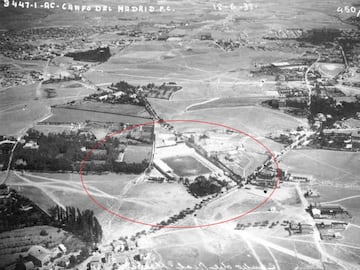
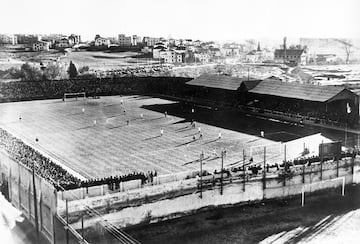
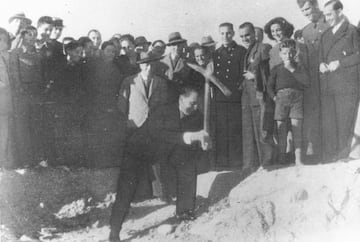
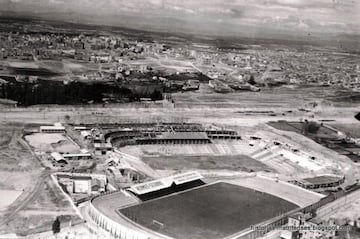

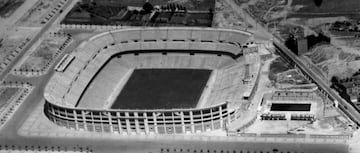
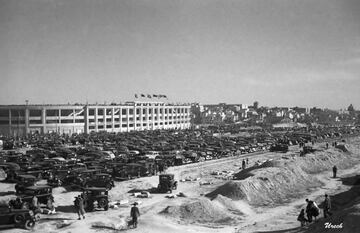

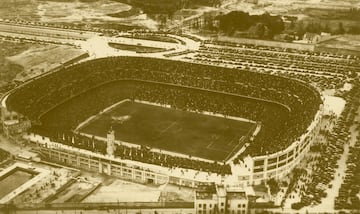
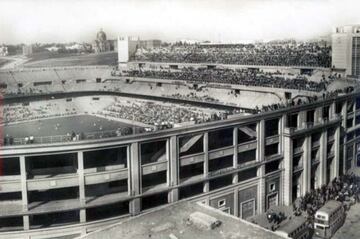
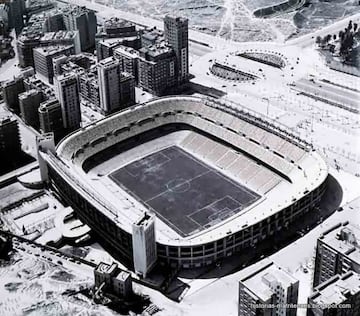
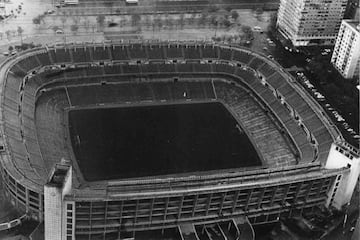
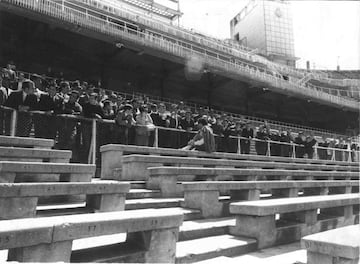
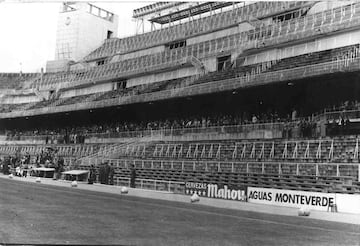
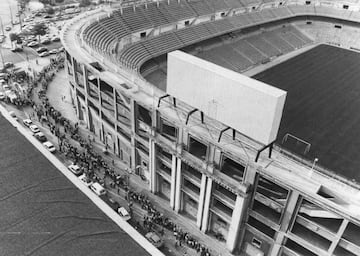
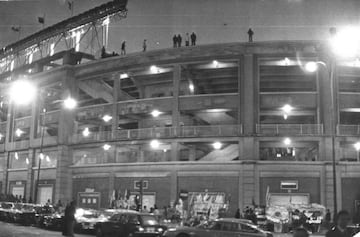
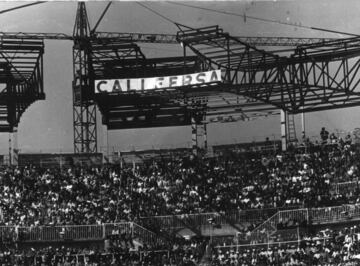
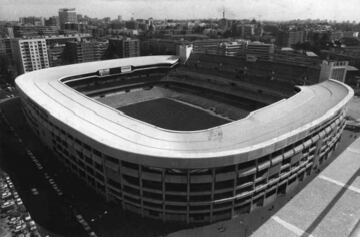

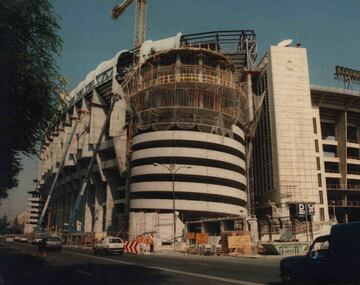
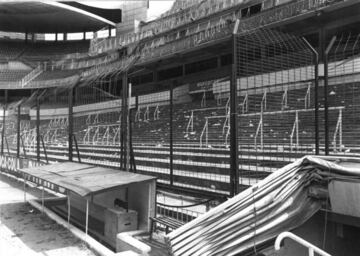
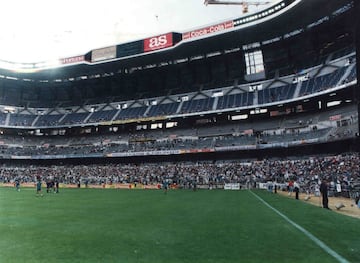
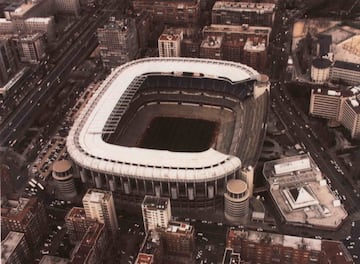

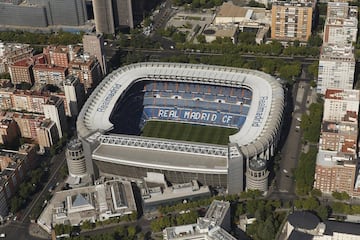
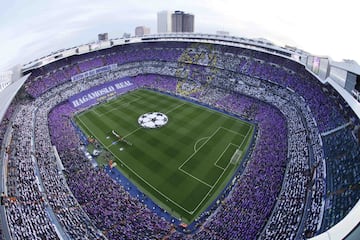

Stunning outfits catch the eye on SI red carpet
An aerial shot of the spot now occupied by the Bernabeu taken in 1931.
Foto: EJERCITO DEL AIRE
October 1944, Santiago Bernabéu places the first stone in the new stadium, then known as the Nuevo Estadio de Chamartín.
As the Nuevo Estadio Chamartín ground was being built, Real Madrid continued to play at the old Chamartin.
December 14, 1947. Real Madrid host their first game at the new stadium facing Portuguese side Os Belenenses in a friendly game.
Foto: Manuel Urech
Picture from 1948, showing the activity outside the ground on match day.
Foto: Picasa
The Nuevo Estadio de Chamartín had a capacity of 70.000 with the pitch measuring 105x70 m.
A third ring, commonly known as "El Gallinero" was constructed in 1954 increasing the capacity to 125.000.
The stadium was renamed as the Estadio Santiago Bernabéu in 1955.
Foto: Picasa
Floodlights were introduced in March 1957 allowing the club to host night time games.
An electronic scoreboard was introduced in 1972 and updated fans with goals being scored in other league games.
A FIFA directive saw the capacity reduced from 125.000 to 98.000 with 24.550 seats under cover.
Extension work was carried out in the early 90s as the capacity grew again hosting 106,000 fans.
Work in the early 2000 saw all areas of the ground covered and after work in the Calle Damián side of the stadium the capacity was 81.044.
Foto: JAVIER GANDUL / DIARIO AS




